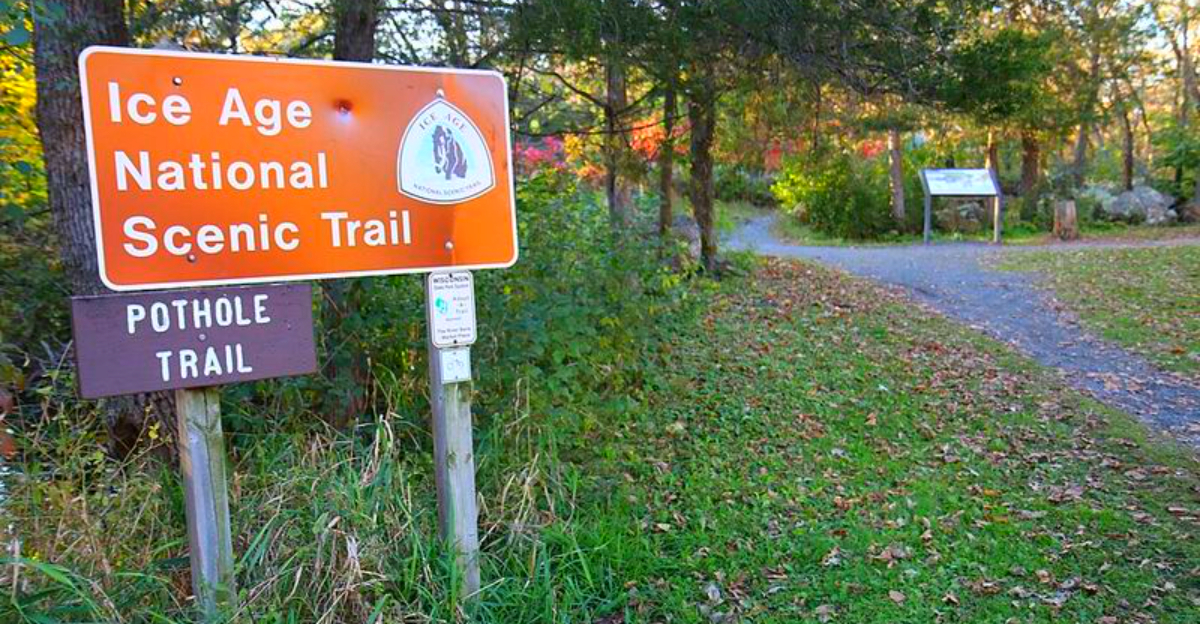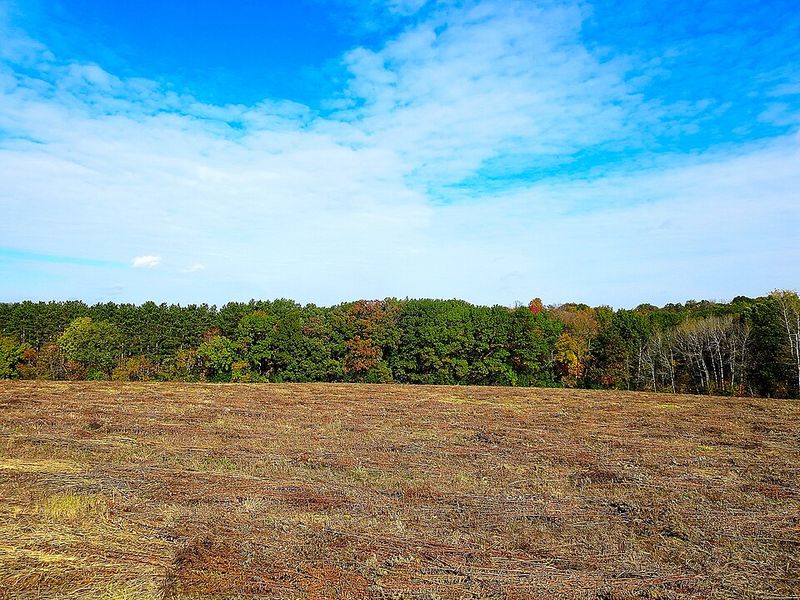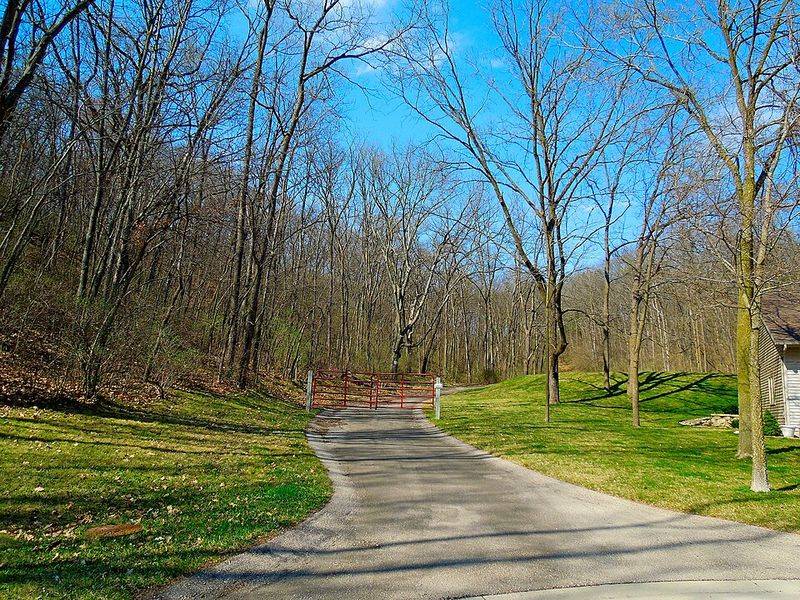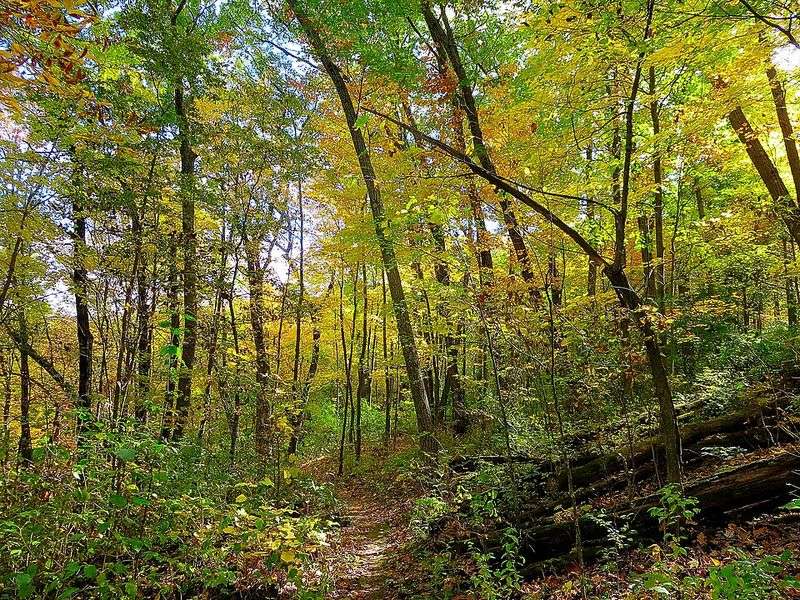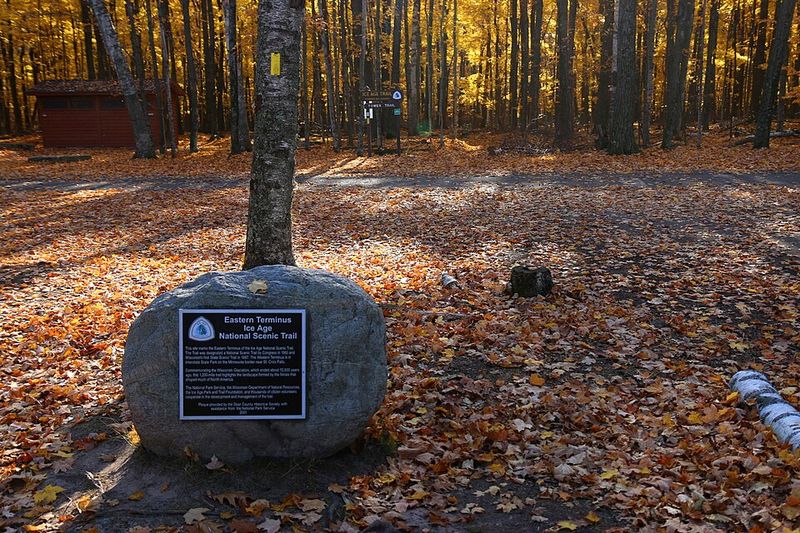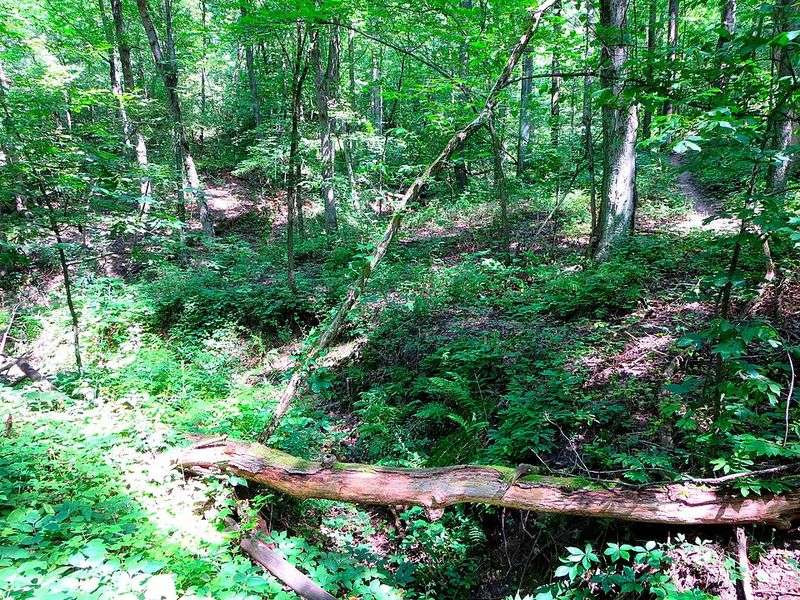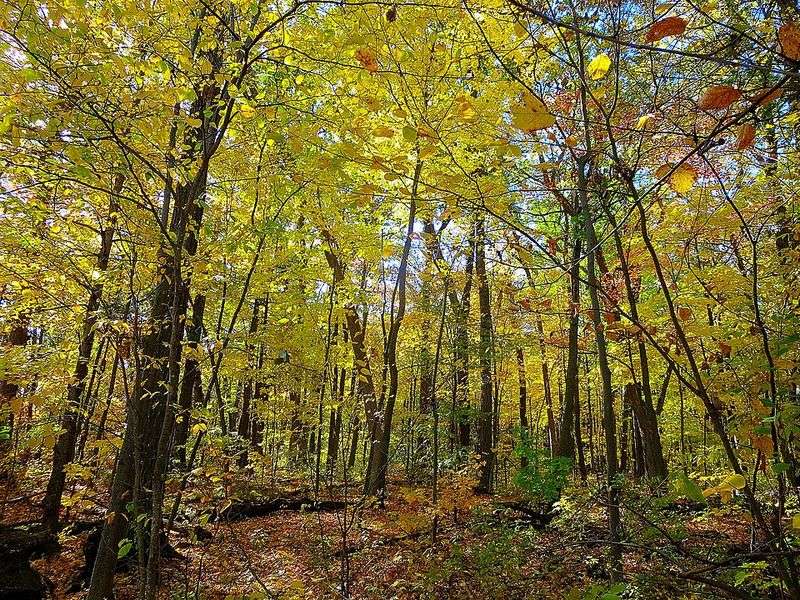The Ice Age Trail in Wisconsin is a breathtaking journey through landscapes shaped by ancient glaciers. Spanning 1,200 miles, this trail offers a unique blend of natural beauty and deep historical roots. From its glacial origins to the diverse ecosystems it traverses, the Ice Age Trail is a marvel that feels like stepping into a fairytale. Join us as we explore ten fascinating facts about this majestic trail.
1. Glacial Origins
Imagine walking where glaciers once carved the land. The Ice Age Trail follows the path of the last continental glacier, known as the Wisconsin Glaciation, which retreated over 25,000 years ago. This ancient movement of ice shaped kettles, drumlins, and eskers, creating a landscape full of surprises.
Every step along the trail is like a journey through time, where geological formations whisper the secrets of Earth’s past. These features provide not only breathtaking views but also a unique educational experience for hikers.
As you wander through this frozen history, you’ll find yourself pondering the forces that shaped our world.
2. Extensive Length
Stretching approximately 1,200 miles, the Ice Age Trail meanders across Wisconsin from west to east. It journeys through diverse regions, each offering its own distinctive charm. From lush forests to open prairies, the trail showcases the state’s varied natural beauty.
The sheer length and coverage of the trail mean there’s always something new to discover. With segments stretching through 30 counties, hikers can experience a wide range of environments and ecosystems.
Whether you’re a seasoned backpacker or a casual day hiker, this remarkable trail promises an adventure filled with wonder and exploration.
3. National Scenic Trail
In 1980, the Ice Age Trail was designated as one of only 11 National Scenic Trails in the United States. This prestigious title highlights its significant value and beauty.
Being a National Scenic Trail means the Ice Age Trail is protected and celebrated for its unique glacial features and natural landscapes. The recognition brings awareness and appreciation from outdoor enthusiasts across the nation.
Hiking this trail is not just a walk in nature; it’s an experience that connects you to a larger network of preserved natural wonders. Each step reinforces the importance of conservation and natural beauty.
4. Diverse Terrain
The Ice Age Trail offers an unparalleled variety of terrains. From dense forests and expansive prairies to tranquil lakesides shaped by ancient glaciers, the trail is a tapestry of natural wonders.
Each section of the trail presents a unique character, keeping the hiking experience fresh and engaging. This diversity attracts outdoor lovers who relish exploring different ecosystems in one journey.
Whether you’re walking through whispering pines or across open fields, the trail’s ever-changing landscapes evoke a sense of adventure and discovery, captivating the hearts of those who traverse it.
5. Wildlife Habitat
The trail teems with life, serving as a habitat for various wildlife species. From white-tailed deer gracefully moving through the woods to red foxes darting across open fields, the trail is a living tapestry of nature’s inhabitants.
Birdwatchers will find themselves captivated by the diverse bird species that call the trail home. With every hike, there’s a chance to witness the beauty of nature up close.
This vibrant wildlife presence adds a magical touch to the journey, making each encounter feel like a glimpse into the enchanting world of Wisconsin’s wilderness.
6. Volunteer-Driven Maintenance
Behind the scenes of this magnificent trail is a dedicated community of volunteers. The Ice Age Trail Alliance, along with the National Park Service and Wisconsin Department of Natural Resources, ensures the trail remains well-maintained and accessible.
Their passion for preserving this natural treasure is evident in every well-marked path and maintained section. This volunteer-driven effort not only keeps the trail in top condition but also fosters a sense of community and stewardship.
Hikers can enjoy a seamless experience, knowing that a devoted team is behind the magic they encounter along the way.
7. Year-Round Recreation
The Ice Age Trail transforms with the seasons, offering year-round recreational opportunities. In winter, sections of the trail become a wonderland for cross-country skiing and snowshoeing.
As the snow melts, hiking and backpacking take center stage, with warm sunlit days inviting exploration. This versatility ensures the trail remains a beloved destination no matter the season.
Each season brings its own beauty and challenges, making the trail a dynamic and exciting place for outdoor enthusiasts who crave variety and adventure.
8. Historical Significance
Journey through history as you walk the Ice Age Trail. The trail passes through the Kettle Moraine region, rich with unique glacial landforms like kettle lakes and eskers.
These formations tell the story of an era when glaciers sculpted the terrain, leaving a legacy of geological wonders. Walking here is like stepping back in time to witness the Earth’s transformative forces.
This historical significance adds depth to the hiking experience, providing a profound connection to the natural world and its ancient past.
9. Community Engagement
The trail fosters strong connections with local communities. Over 20 municipalities have been recognized as Ice Age Trail Communities, highlighting its positive economic and cultural impacts.
These communities offer support and hospitality to hikers, enhancing the trail experience with local flavor and warmth. Events and activities along the trail engage residents and visitors alike, celebrating the natural and cultural heritage of the region.
This vibrant connection between the trail and its communities enriches the journey, creating a welcoming atmosphere for all who pass through.
10. Ongoing Development
The Ice Age Trail is a work in progress, with continuous efforts to complete a seamless 1,200-mile path. As of 2020, around 675 miles have been developed, with ongoing projects to connect the remaining segments.
This dynamic development ensures the trail grows and evolves, providing new opportunities for exploration. It’s a testament to the persistent efforts of those dedicated to conserving and expanding this natural treasure.
Each new segment adds to the richness and accessibility of the trail, promising future generations the thrill of discovery and adventure.
